
https://www.youtube.com/watch?v=qUiVQtR9Onk
Heart Rate Variability (HRV) - Measure Your Autonomic Nervous System (ANS)
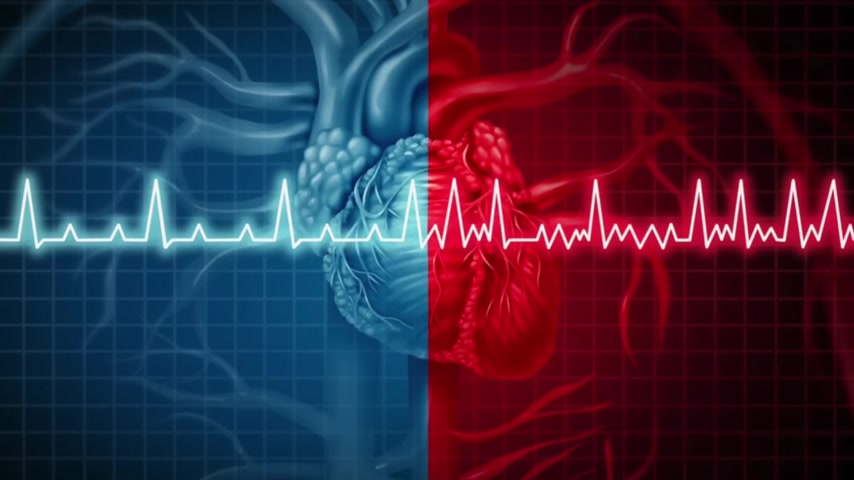
So today I want to introduce you to , maybe a new concept .
I don't know if you've ever heard of this before .
It's called heart rate variability , HRV .
HRV is like a measurement of the variations between the heartbeats .
Okay ?
So if you think about it , when your heart beats you have different distances between the beats .
And you would think you would want those all exactly the same , but the more varied the distances or timing between the heartbeats , the healthier the person is , the higher the HRV is .
And the more these distances or timing are the same , the lower the HRV , the less healthy the person is .
And I think a good concept to kind of wrap your wits around it is just your ability to adapt to your environment .
If you're good at adapting to your environment , you're gonna survive better .
If you run up a hill , for example , and you can adapt to that , you're you're gonna be very healthy .

But if you just barely stand up and you pass out because your body can't adapt to that , you're not gonna be in good shape .
So HRV , heart rate variability , is a technology that's very researched and can help a person understand , where they are stress wise and their ability to adapt to stress , as well as their ability to recover from stress .
And , a lot of people use this technology , in exercise to determine number 1 , should they work out hard today or should they take a day off ?
Are they overtraining or do they have enough potential recovery to handle a really good workout ?
Like , there's a lot of lifestyle things that you can do .
Food , exercise , activity , sauna treatments , cold bath , nutritional supplements .
This technology allows you to have feedback to see if what you're doing is benefiting you or making you better or not .
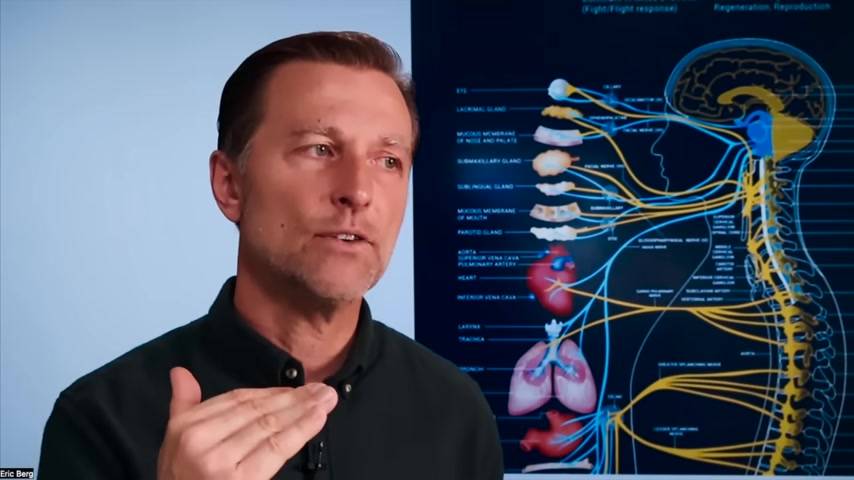
You basically use this little device that you would put your finger in and it'll pick up information of all of your heartbeat and put it into , some software which gives you these graphic illustrations of what's going on with your stress and recovery , even your biological age .
So in practice , I've used this on patients all the time .
I depended on it .
It was a really great tool to kinda look what's behind the scenes to see what's happening .
And so I recently reached out to the company after probably 12 years of not using it , and they have come a very long way in refining this technology to simplify it , to make it easy as a do it yourself .
And , so , now this device and the software is available to anyone that wants to get it .
I'm gonna put the link down below .
When we're done with the video if you wanna check it out .
But , the price is very reasonable .
You can check up to 6 people in your household .
There's no monthly fees , and you pretty much can have your own science lab to figure things out because you really can't take things to the next level , improve things if you can't measure it .

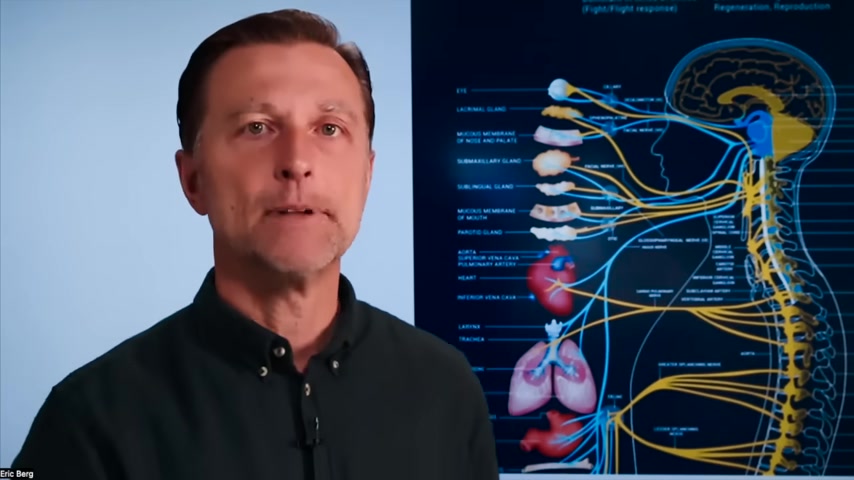
So anything you have have to measure it , whether it's a blood pressure cuff or a pulse rate or whatever , if you can measure it , then you have this feedback tool to see if what you're doing is working or not .
Heart rate variability measures the autonomic nervous system right here .
The autonomic nervous system is the system that works on automatic that you don't have to think about it .
It's involuntary .
So this includes blood pressure , breathing , digestion .
Now , of course , you can control your breathing but then if you forget about it , you'll still keep breathing .
So there's an involuntary component to this .
There's 2 branches .
1 is the sympathetic which is the flood or fight , and the second 1 is the parasympathetic , which is the rest and digest .
We didn't name it sympathetic and parasympathetic .
We named it stress index , which is your ability to adapt to stress , and then we named it recovery index , your ability to recover from stress .
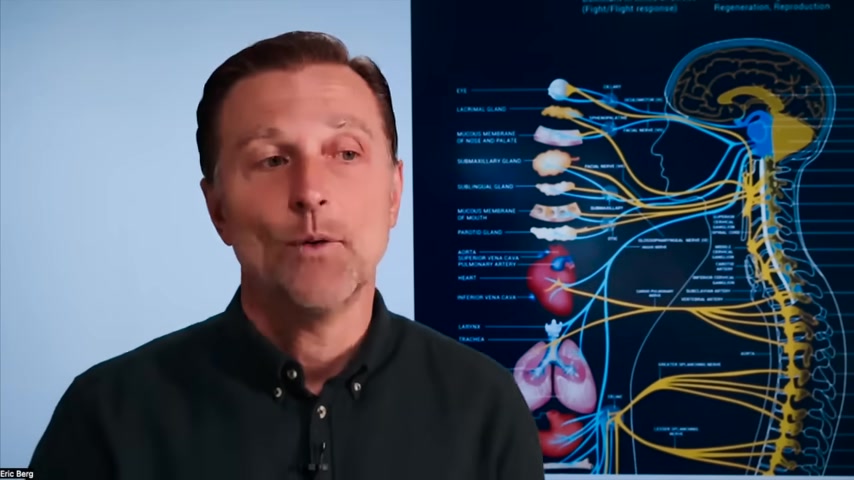
So the simplicity of this is that HRV is the tool to measure the autonomic nervous system , which controls a lot as you can see right here .
Every tissue in the body is controlled by it .
And so this is a window to look inside your body to kind of see the state of where you are .
A lot of people are heavy on the stress or sympathetic mode or sympathetic dominance and they're low in the recovery or the parasympathetic .
So , this kind of explains why they can't sleep .
This is why they're stressed .
But I create a lot of videos to understand this a lot more and how to use this and then what to do to improve these graphs .
And even if you don't get this device , I'm gonna include the training videos down below so you can check them out because there's a lot of great data that I put together .
I'm gonna give you 1 example .
Let's say you go to sleep at night and you have a hard time going to sleep .
Well , the parasympathetic nervous system , the recovery system is always active and it's pushing your pulse rate down .
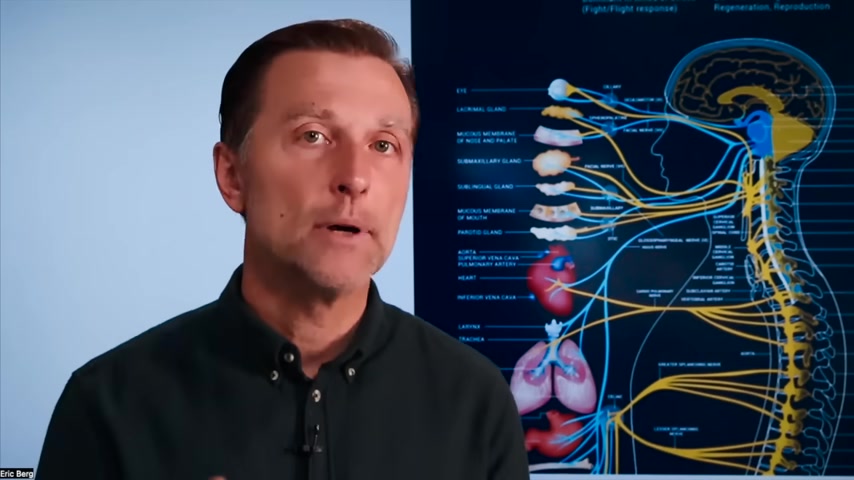
And if that's weak , okay , and then you're also heavy on the sympathetic , the flight or flight , then you're gonna have a hard time going to sleep .
So you'll just lie there and your body won't turn off .
So that parasympathetic is the system that pushes you into the deep delta wave non REM , phases of sleep where you're rejuvenating and you're recovering all the body functions .
So you'll see when you take the graph , if you can sleep good then you'll see that graph will correlate .
If you don't sleep good , that graph will not look very good .
And then the second half of the sleep is kinda controlled more by the sympathetic nervous system .
And this is why , kind of like the wavelength REM sleep is a very active wave similar to when you're awake , but you're actually asleep .
So if you have a problem with the sympathetic nervous system , you may find that you might not get that last bit of sleep , that REM sleep .

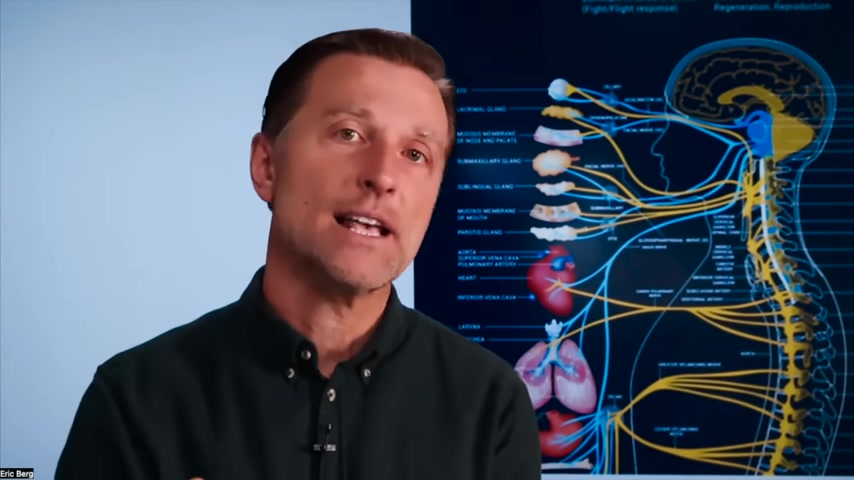
So then , if you're trying to correct that , improve that , you're gonna be scanning down all the potential things that could be stressing you out , and then you'll chip away at that , and then you'll retest back and forth to see if it improves , to really see if that was the thing that was causing most of this problem .
It's also another great tool to help you , not over train .
I'll give you an example .
When I train hard and I I sprint up like a mountain , right , and I'm just , like , pushing myself , and then I recheck my , my biological age the next day , I'm , like , 80 years old .
So that kinda tells me that I should probably take a day off , right , and just rest .
And then I'll check on the next day and see when it comes down and comes down to the point where I'm safe to actually do that again .
Whereas , before , when I didn't have this , technology , I would tend to push myself a little bit harder than I should and overtrain and wonder why I had more inflammation and had other issues .
And , 1 really cool thing about this is biological age .
Right ?
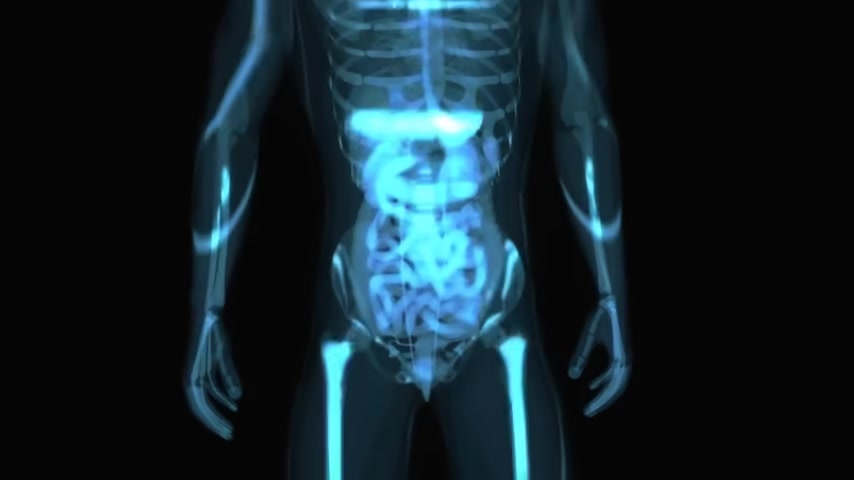
You're able to look inside your body and see the age of your cardiovascular system and arteries .
You're able to determine how elastic and how resilient they are .
You can also measure the rate of aging , which is a really cool graph too .
And , there's a lot of things that can improve this graph and make it worse too .
Like , it'd be a really great experiment to have you go out drinking 1 night and then do a before and after of the graph .
You'll see big changes .
There's also some training on just breathing exercises that you can dramatically improve your graph .
So I just wanted to introduce you on this technology , heart rate variability and exactly what it does , and it measures your autonomic nervous system .
And , if you'd like more information about this or would even like to see the training videos , I put that down below .
Check it out .
Are you looking for a way to reach a wider audience and get more views on your videos?
Our innovative video to text transcribing service can help you do just that.
We provide accurate transcriptions of your videos along with visual content that will help you attract new viewers and keep them engaged. Plus, our data analytics and ad campaign tools can help you monetize your content and maximize your revenue.
Let's partner up and take your video content to the next level!
Contact us today to learn more.